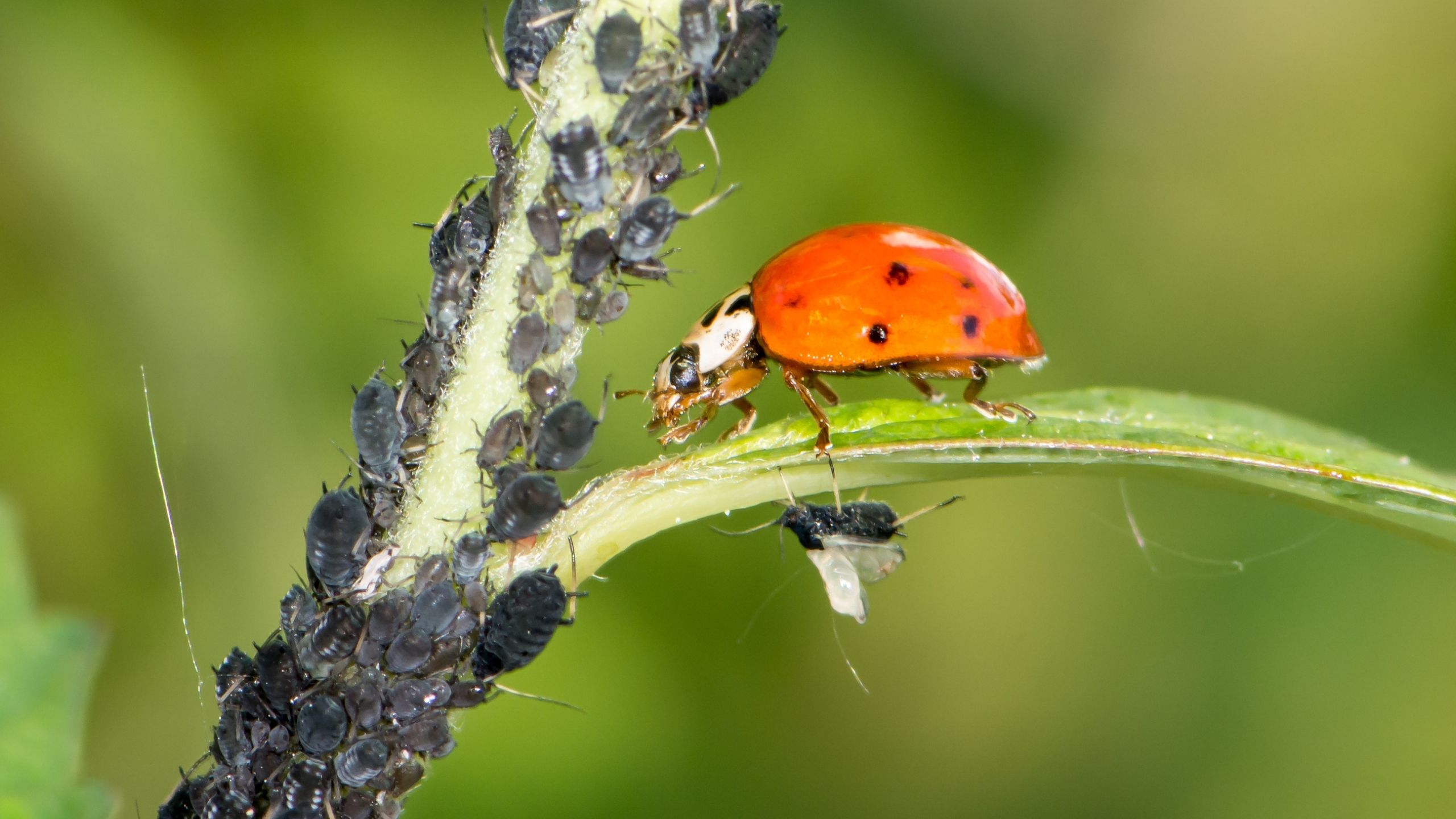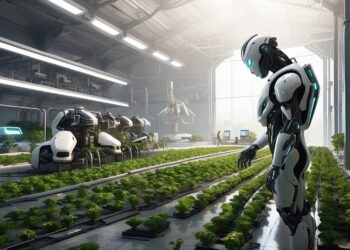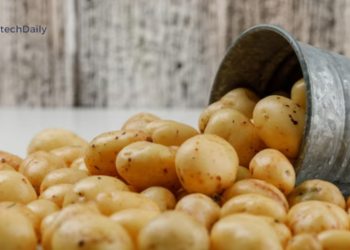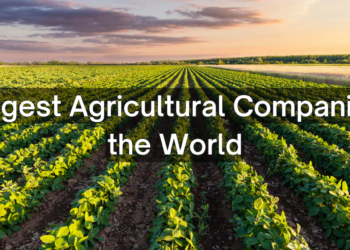Pesticides play an important role in modern agriculture by protecting crops from pests and diseases. However, the widespread use of pesticides has raised concerns about their impact on human health, the environment, and the loss of beneficial insects and other non-target species. In response, farmers are increasingly turning to technology to reduce pesticide use and minimize their impact on the environment.
Reducing the use of pesticides in agriculture is important for protecting the environment, preserving the health of ecosystems, and promoting the safety of the food supply.

Farmers are using technology in various ways to increase efficiency, reduce costs, and protect crops from pests and diseases. This includes precision agriculture, which uses sensors, drones, and artificial intelligence to collect data on crops and soil to optimize crop management practices. Robotics and automation are also being used in agriculture to perform tasks such as planting, harvesting, and monitoring crop health, as well as reducing labor costs.
By embracing these technologies, farmers can achieve their goal of reducing the use of pesticides, while still protecting their crops and maintaining a healthy and sustainable food supply. By using technology to minimize the impact of chemicals on the environment, farmers can contribute to a more sustainable future for agriculture.
Additionally, farmers are exploring biological control methods, such as the release of beneficial insects, to control pests and diseases without the use of chemical pesticides. These technologies are helping farmers produce a sustainable food supply while reducing the impact of chemicals on the environment.
The Use of Precision Agriculture to Target Pesticide Use
Precision agriculture is the use of advanced technologies, such as sensors, drones, and artificial intelligence, to collect data on crops and soil. This data can then be analyzed to optimize crop management practices, such as irrigation, fertilization, and pest control.
In the context of pesticide use, precision agriculture allows farmers to target their use of pesticides more precisely, reducing the number of pesticides applied and minimizing their impact on the environment.
One example of how precision agriculture can reduce pesticide use is through the use of variable-rate applications. This involves using GPS technology and mapping software to precisely apply pesticides only where they are needed, based on the crop’s pest and disease status. This targeted approach to pesticide application can result in a significant reduction in the number of pesticides applied and reduce the risk of environmental damage.
Robotics and Automation for Pest Detection and Management
The use of robotics and automation in agriculture is also increasing, as farmers seek to increase efficiency and reduce labor costs. Automated systems can perform tasks such as planting, harvesting, and pruning, freeing up time for farmers to focus on other tasks.
Additionally, robotics can be used to monitor crop health and detect pests and diseases, allowing for early intervention and reducing the need for chemical inputs.
For example, machine learning algorithms can be used to analyze images of crops to identify and predict the presence of pests and diseases. This information can then be used to target the application of pesticides more precisely, reducing the number of pesticides applied and minimizing their impact on the environment.
Biological Control Methods

Biological control methods involve the use of natural predators, such as beneficial insects, to control pests and diseases in crops. These methods are becoming increasingly popular as a way to reduce pesticide use and minimize the impact of chemicals on the environment.
Biological control methods involve the use of natural predators to control pests and diseases in crops, instead of chemical pesticides. This approach promotes the health of the ecosystem and supports the populations of beneficial insects, such as bees and butterflies.
Examples of biological control methods include the release of beneficial insects, such as ladybugs and lacewings, to control pests in crops, and the use of disease-resistant crops that are less susceptible to pests and diseases. By embracing these natural and sustainable methods of crop protection, farmers can reduce the amount of pesticides used, minimize their impact on the environment, and support a healthy and diverse ecosystem.
For example, the release of beneficial insects, such as ladybugs and lacewings, can help control pests in crops without the need for chemical pesticides. This approach not only reduces the number of pesticides applied but also supports the ecosystem and promotes the health of beneficial insects, such as bees and butterflies.
Conclusion
In conclusion, technology is playing an increasingly important role in reducing pesticide use in agriculture. Precision agriculture, robotics and automation, and biological control methods are all transforming the way we protect crops from pests and diseases, allowing us to minimize the impact of chemicals on the environment and promote a sustainable food supply.
By embracing these technologies and continuing to explore new and innovative solutions, we can ensure a secure and abundant food supply while protecting the health of our environment.













